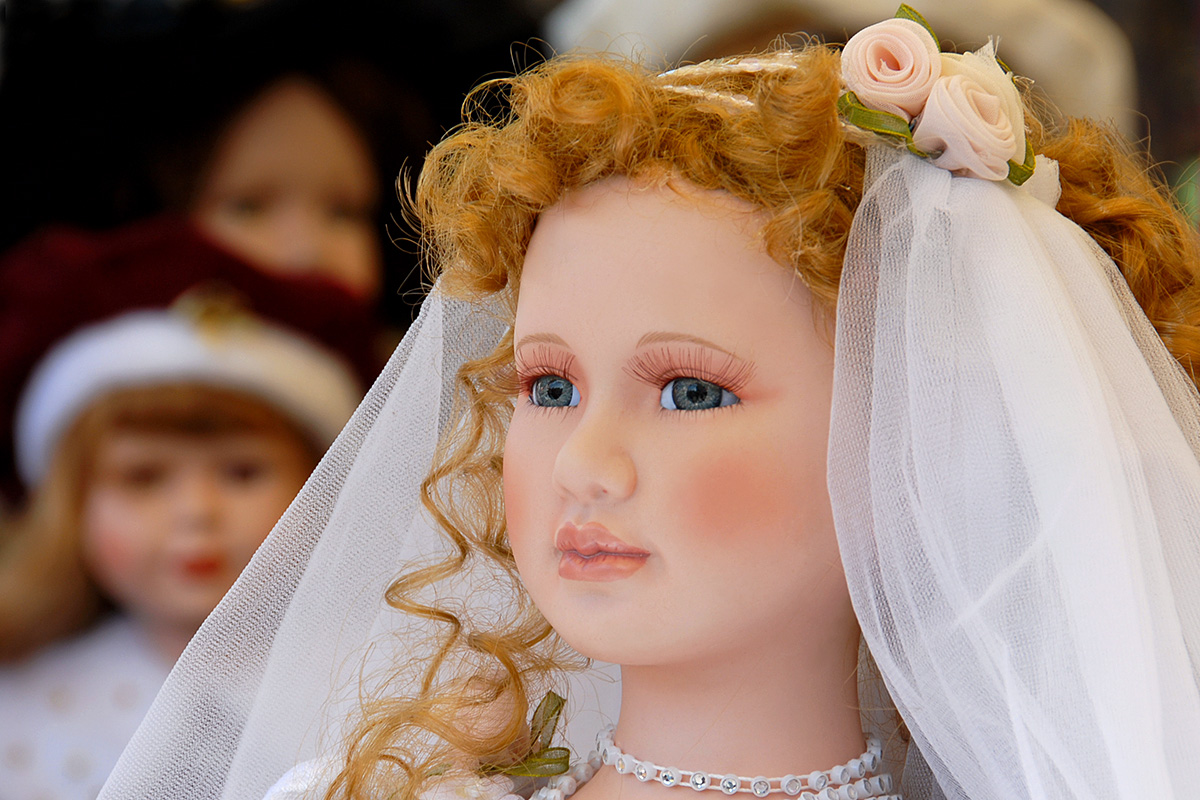In the nineteenth century a young woman’s task was to marry and look after the home as mother and housewife. Everything needed to make the home function was also part of the doll’s life.
Children’s play mirrors to some degree what they see in the home. Some evidence suggests that baby dolls have faded into the background as women enter the workplace. In 2003 young girls are primarily interested in mannequin dolls. Barbie dolls reflect the new female role as the active and independent career woman, and apart from glamorous clothes its accessories include things like mobile phone, laptop computer and sports car.
A doll is not simply an impersonal play object. It becomes the child’s natural and trustworthy guide in daily life. Children become attached to their dolls and share with them their deepest wishes, sorrows, and joys. A doll is given a name and an identity of its own. Dolls often cannot, therefore, simply be thrown out when the age of play has passed.
[Fourth and last part of my summary of the online article ‘<a href=”http://www.faqs.org/childhood/Co-Fa/Dolls.html”>Dolls – History, Materials, Doll Types, Role Models, Conclusion</a>’]
